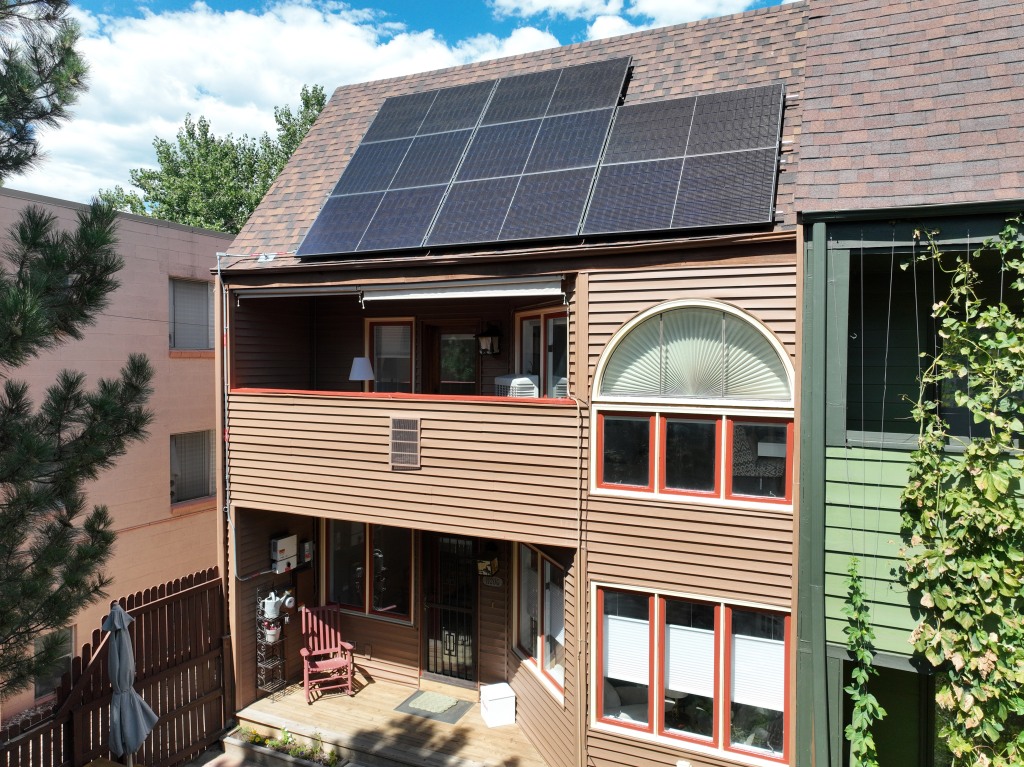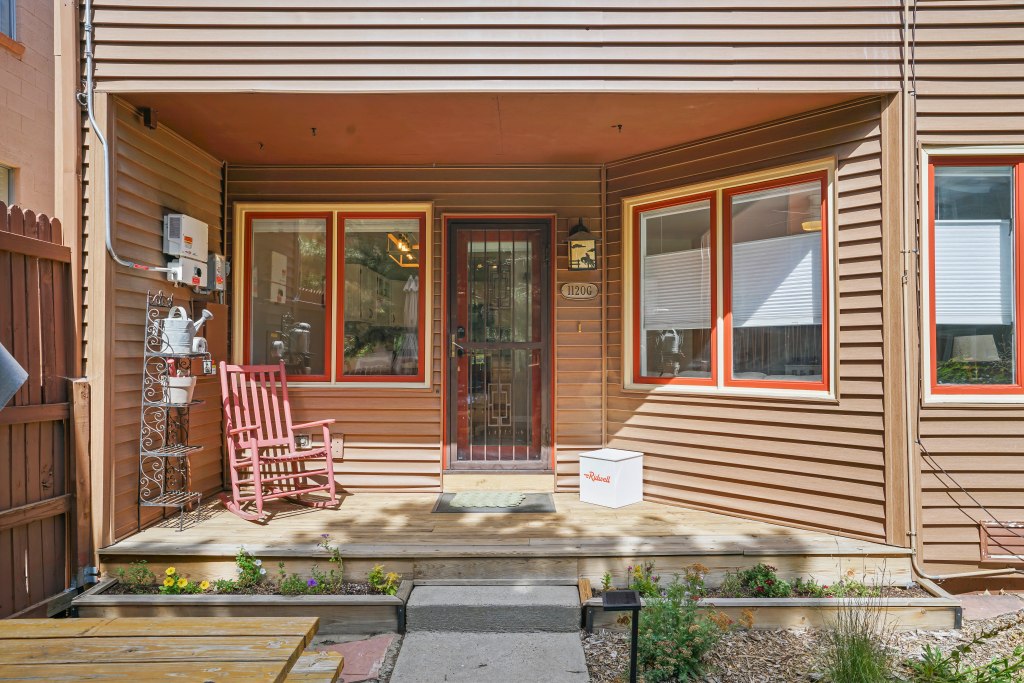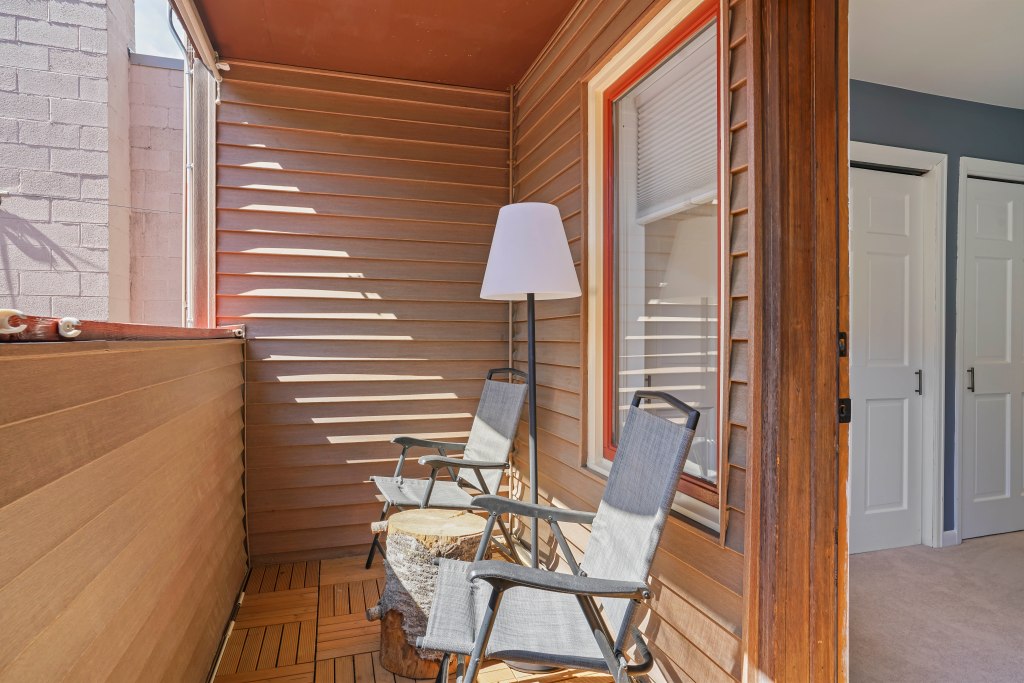Inspired by a recent article in The Washington Post, I’m able to provide you with a simplified guide to the improvements you can make to your home that might earn you a tax credit or other benefit under the Inflation Reduction Act (IRA).
If you are wealthy, some of those IRA benefits may not be available to you, so check with your tax advisor. Even if you don’t qualify for the tax credits or rebates, almost all of the following investments will produce savings down the road as well as being “the right thing to do.”
Heat pumps to replace your HVAC system and water heater are the first and greatest improvement you can make. Unlike gas and resistance-based electric devices, heat pumps move heat, they don’t generate heat. And a heat pump HVAC system uses far less electricity that a baseboard or other electric HVAC system does. The IRA provides for up to $2,000 tax credit for heat pump purchases, with extra benefits for low- and middle-income homeowners. I haven’t used this company yet myself, but you might contact Sensible Heating and Cooling, 720-876-7166, www.SensibleHeat.net, one of those rare vendors who will talk you into a heat pump HVAC system over a traditional one.
Many heat pump systems, including water heaters, are “hybrid,” meaning they have backup gas or electric resistance functions that kick in or can be activated when the heat pump can’t produce the needed heat. For example, a water heater in heat pump mode has a slower recovery than in conventional electric mode, so if you have a big family (or a teenager) you may find that you run out of hot water quickly and it takes longer than you want to reheat the water in the tank. In electric mode, you’ll get the quick hot water recovery you’re used to.
A heat pump HVAC system will probably work just fine without backup so long as you don’t turn down the thermostat too much overnight. Our office is heated solely by heat pump, and we leave it on 70 degrees 24/7, and it’s still way more affordable than the gas forced air furnace it replaced.
Xcel Energy charges commercial customers about $50 per month (that’s $600 per year!) just to have a gas meter before you burn any gas, which contributes greatly to making gas forced air more expensive than heat pump heating. Note: you need to have the gas meter removed, not just stop using gas, to save that $50 per month. Even in a residential application where the monthly meter fee is less, consider replacing all your natural gas appliances (including your fireplace and grill) so you can have the gas meter removed and save that facility charge plus those other gas-related fees that have exploded of late. There are great electric fireplaces on the market, and Rita & I love our electric grill!
Here’s food for thought: If you get rid of gas in your home and have only electric cars in your garage, you’ll never have to worry about your family being killed by carbon monoxide poisoning. In addition to spending less on home energy and fuel for your car(s), the IRA will reward you for every aspect of that conversion! And with enough solar panels on your roof, your home energy bill will be under $10 per month (to remain on the electrical grid), and you’ll pay nothing to fuel your transportation!
Induction stoves to replace gas ranges not only save you money (including an $840 rebate if you qualify based on income) but can improve you family’s health. Despite right-wing raging about this topic, it has been proven statistically that gas cooking has increased asthma cases in children and some adults. (Click here to read a study on this topic.) The rebate is available on non-induction electric stoves, but induction cooking costs less to operate and heats food and water faster. You can dip your toe in this technology by buying a single countertop induction burner for $50 to $70, as I did. You’ll be amazed. Click here to read an article about how chefs have come to prefer induction cooking. As they say, “try it, you’ll like it!”
Electric cars that cost under $55,000 and trucks or SUVs under $80,000 that are assembled in North America qualify for a federal tax credit of up to $7,500 and a Colorado tax credit of $2,000 (without those federal restrictions, which include an income cap of $150,000 single or $300,000 filing jointly). Even the Tesla Model Y’s base price is now below those price limits.
What’s new with the IRA is that you can get a federal tax credit of $4,000 or 30% of the purchase price (whichever is less) of a used EV that is at least 2 years old, has a purchase price under $25,000, and is purchased from a dealer. I have always advised that a used EV is your best buy, because a used EV is as good as a new EV since it has none of those components of a gas-powered car (such as transmission or engine) which may be about to fail. Google “used electric cars” and you’ll see many for sale by dealers. I just ran that search and found 72 EVs under $25,000 on autolist.com alone!
The IRA increased the tax credit on solar panels to 30% for the next 10 years, and, given the steady reduction in the cost of solar over the past two decades, this investment is a no-brainer, assuming you have a roof that’s not shaded by trees. (Ground mounted solar panels is an option if you have a large unshaded backyard area. Otherwise, consider buying solar panels in a “solar garden.”) Xcel Energy allows you to install enough panels to provide up to twice your average usage over the last 12 months, which is great, because that could provide all the electricity you will need for a not-yet-purchased EV or not-yet-electrified heating system.
My advice is to purchase your solar photovoltaic system outright, not lease it or sign up for a Power Purchase Agreement (PPA). When it comes to selling your house, anything other than a system that is seller-owned could complicate the sale. I’m a repeat customer of Golden Solar (303-955-6332), but also like Buglet Solar (303-903-9119). What these companies have in common, and which I think is important, is that they are local family-owned businesses, which I much prefer over a national firm such a Tesla or Sunrun Solar.
One situation in which a Power Purchase Agreement or lease works better is if the customer is a tax-exempt non-profit (which can’t benefit from tax credits). Golden Solar put a solar array on the roof of a Golden museum doing a PPA that Golden Solar financed, taking the tax credit for it. The museum pays no more than they were paying Xcel Energy to Golden Solar but will own the system after a few years. If you know of a non-profit that would like to go solar, have them contact Don at Golden Solar.
Improving your home’s insulation should always be the first step in saving money on energy. The IRA provides a 30% tax credit, up to $1,200 annually, for such improvements, specifying $600 for windows and $500 for doors. The gold standard in windows and doors is Alpen High-Performance Products, a Louisville CO company, which made the triple-pane windows we purchased for our South Golden Road office — expensive but worth it in terms of comfort and energy savings. Contact Todd Collins of AE Building Systems, 720-287-4290.
Whole-house energy efficiency retrofits are eligible for a rebate under the IRA, based on proven reduction in your home’s energy costs. Speak with someone from a company like Helio Home, Inc. (720-460-1260) which covers most aspects of reducing home energy use covered by the IRA, from solar to insulation to appliances. The IRA also provides a $150 rebate on a home energy audit, which is an essential first-step to figuring out the best and most cost-effective efficiency improvements you can make. You can learn more about energy audits at www.REenergizeCO.com.
Buy a new washer and dryer! The new top-loading high-efficiency washers are the best, speaking from personal experience. The washer automatically reduces water consumption based on the size of the load; and a heat-pump electric dryer saves on electricity.
Landscaping, done right, can save on energy and water. Think shade trees and xeriscaping, or installing buffalo grass, which requires little watering or mowing. Call Darwin at Maple Leaf Landscaping, Inc. (720-290-8292), a client of mine, to discuss the possibilities at your house.
If your house doesn’t already have one, a whole-house fan is a great energy saver, allowing you to flush hot daytime air out of your house before activating the A/C when you come home. It can also allow you to leave the A/C off overnight by bringing in cool nighttime air on a quiet, low-speed setting. Whole-house fans cost between $500 and $2,000 installed. They don’t earn their own IRA benefit, but would contribute to the benefit you earn with the whole-house retrofit mentioned above. I am a happy repeat customer of Colorado Home Cooling, now part of Colorado Home Services, 303-986-5764.
Not mentioned in that Washington Post article was daylighting of your home, which is one of my favorite ways to reduce electricity consumption by drawing sunlight into dark interior spaces. I installed Velux sun tunnels in two of my past homes, including in a windowless garage, and in our former office on South Golden Road. For that, I used Mark Lundquist, owner of Design Skylights (303-674-7147).















































